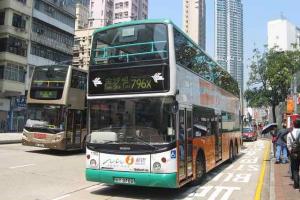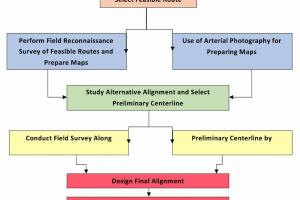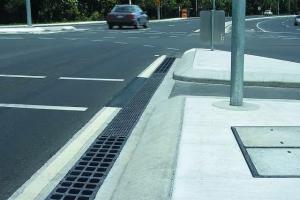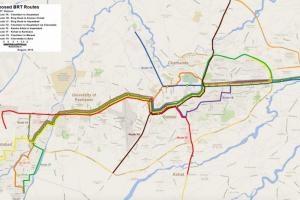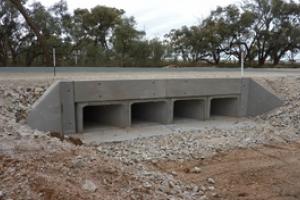Highway Capacity | Definition, Types & Factors
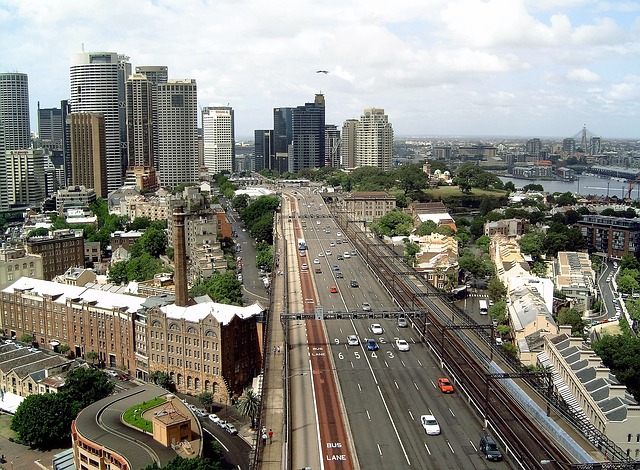
Definition:
It is the ability of a road to accommodate traffic volume. It is the maximum hourly rate at which vehicles can reasonably be expected to cross a point on a roadway during a given time period under prevailing traffic roadway and control condition. For multi lane highway it is 2000pcphpl, and for 2-lane highway is 2800pcph (passenger car per hour).
Units: vph (vehicle per hour or vphpl (vehicle Per hour per lane)
Types of Capacity
Basic capacity:
The maximum volume of vehicles per hour that can pass a certain point or section of a road in a given time under the ideal condition (most ideal road way, traffic and control conditions that can possibly be attained)
It assume that all the vehicles are traveling at the same speed and minimum spacing is allowed.

Possible Capacity:
The maximum number of vehicles that can pass a given section during a given period of time under prevailing (most frequent/usual) roadway, traffic and control condition.
Practical / Design Capacity:
Capacity without the traffic density being so great as to cause unreasonable delays, hazard or restriction to the drivers freedom under the prevailing condition of road way, traffic and control.
Basic capacity > possible capacity > design capacity
Factors Affecting Highway Capacity
- Lane width
- Width of shoulder
- Lateral clearance
- Commercial vehicles
- Road alignment and geometry (curves, Super elevation etc)
- Existence of intersections.
- One way or two way traffic and number of lanes
- Drivers and vehicular characteristics
- Single type or mixed traffic
- Flow speed
- Weather condition
- Parking
- Presence of pedestrians





